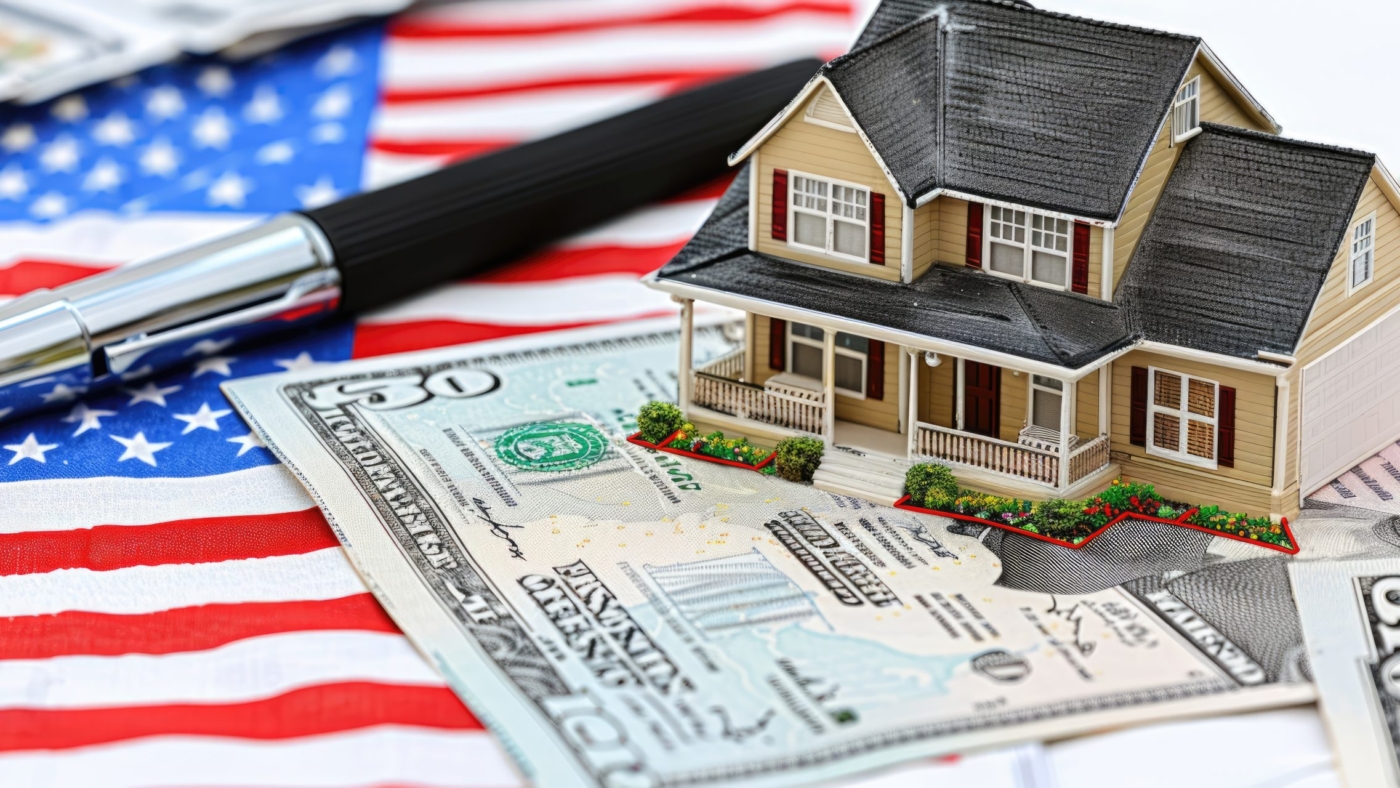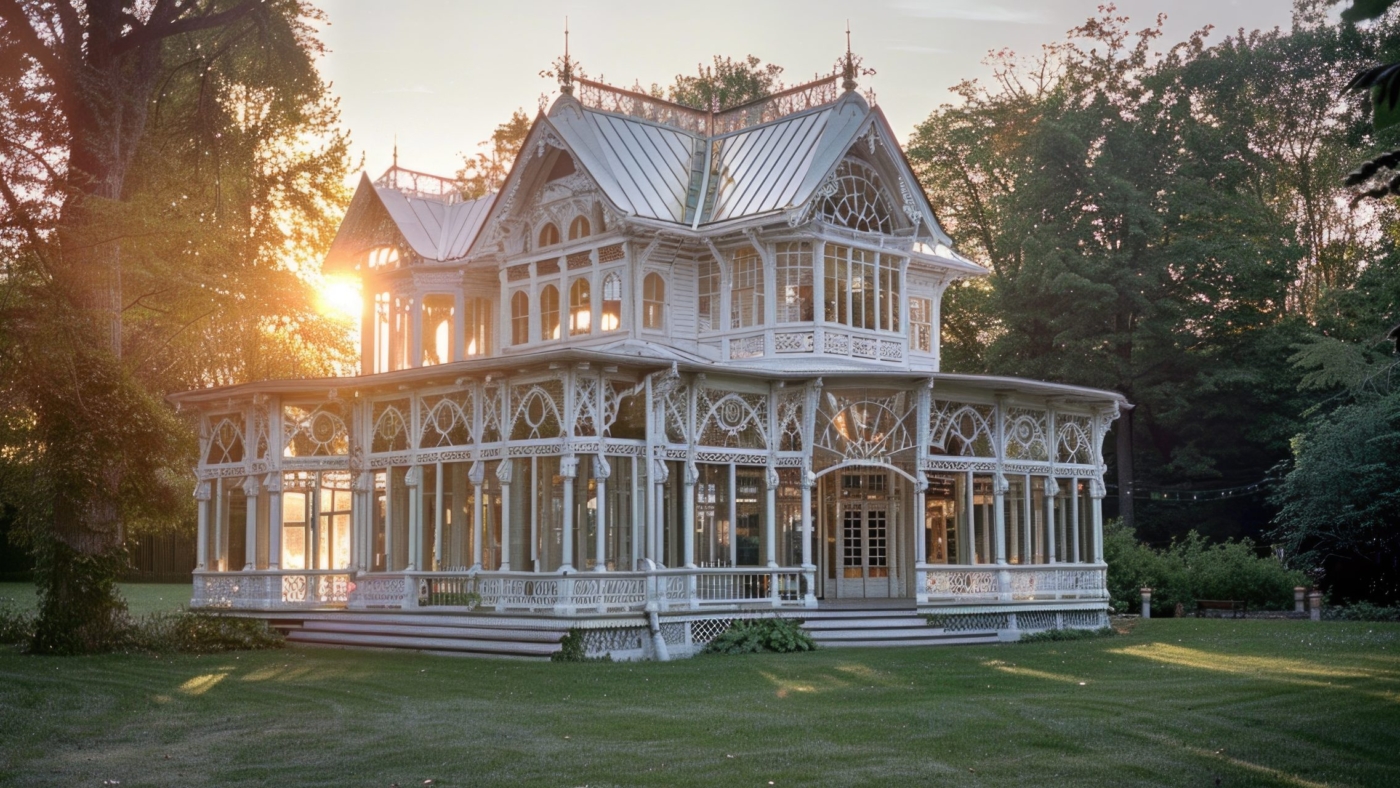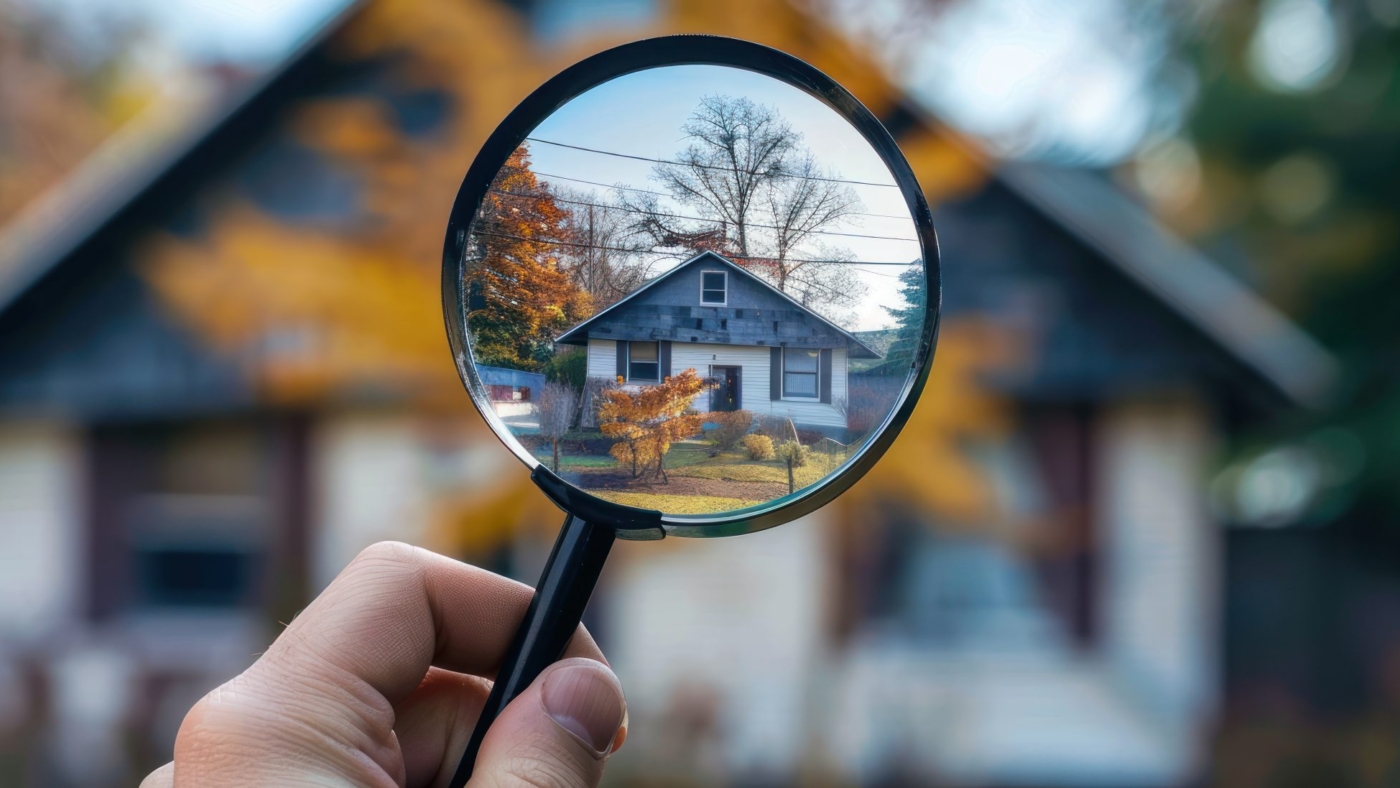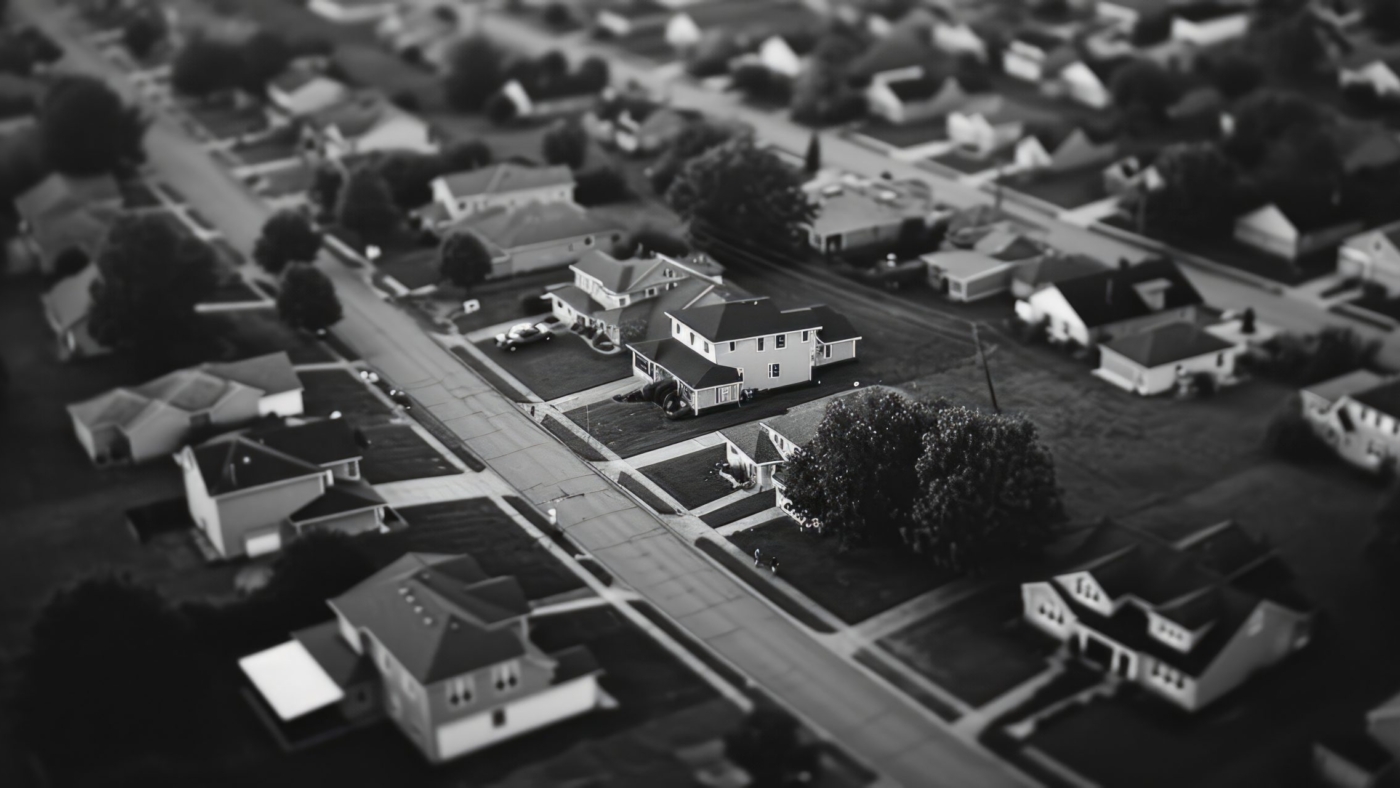Gardeners’ Paradise: Discover 7 Dream Homes Where Your Green Thumb Can Flourish
If your idea of bliss includes fresh herbs on the windowsill, tomatoes ripening under the sun, and weekends spent knee-deep in dahlias, these homes with stunning gardens are made just for you. Whether you’re an experienced gardener or just starting to plant your first seeds, these properties offer the perfect patch of earth and outdoor sanctuary to nurture your passion for plants and nature.
From charming historic cottages with flourishing perennial beds to sleek modern retreats featuring edible landscapes and greenhouse setups, each home on this list is a gardener’s dream come true. Let’s explore these unique properties where nature and home blend seamlessly, inviting you to grow, relax, and thrive.
1. Historic Charm Meets Garden Bliss – 86 Cambridge Street, Charlottesville, VA
Nestled on a peaceful, tree-lined street in downtown Charlottesville, this lovingly preserved century-old home perfectly balances historic character with thoughtful modern upgrades. Spanning 2,453 square feet with four bedrooms and three bathrooms, the house boasts a warm, inviting interior that’s ideal for family living.
But the true heart of this home lies beyond its walls—a fully fenced, professionally landscaped backyard that’s a private garden oasis. Mature plantings, a breathtaking cherry blossom tree in full bloom, and a meticulously maintained front lawn create an enchanting setting that will inspire any gardening enthusiast. This outdoor retreat was even showcased in the 2024 Charlottesville Garden Tour, highlighting its serene beauty and thoughtful design.
Whether you dream of cultivating flowers, vegetables, or simply unwinding amidst nature’s tranquility, this garden paradise is ready for you.
2. Secret Garden Sanctuary – 16 Fairview Boulevard, Asheville, NC
Tucked away in one of Asheville’s most sought-after neighborhoods, this charming 4-bedroom, 2-bath home offers a lush, private backyard that feels like a hidden sanctuary right in the city. Mature trees form a natural canopy overhead, while carefully curated perennial beds bloom throughout the seasons, providing color and life year-round.
The expansive yard is a blank canvas for your gardening dreams—whether you envision raised vegetable beds, a pollinator-friendly flower garden, or a quiet nook for morning coffee and contemplation. With ample parking and a comfortable interior, this home is a perfect blend of urban convenience and outdoor escape.
3. Historic Elegance on Two Acres – Hillsborough, NC
Step back in time with this character-filled home situated on nearly two acres of beautifully treed land just outside Hillsborough. Originally constructed in the 1850s and expanded in the early 1900s, this nearly 3,000 square-foot residence offers four bedrooms and three bathrooms, combining spacious living with timeless charm.
The grounds surrounding the house are a gardener’s dream—mature trees provide privacy and shade, while ample green space invites you to cultivate extensive gardens, host outdoor gatherings, or simply soak in the peaceful ambiance of nature. Whether you’re an avid gardener or simply appreciate the beauty of a sprawling natural setting, this property offers a tranquil retreat like no other.
4. Urban Garden Oasis in Portland, OR
On a picturesque, cherry blossom-lined street in Portland’s vibrant Hosford-Abernethy neighborhood, this inviting 3-bedroom, 3-bath home features a fully fenced, south-facing backyard that is a gardener’s paradise. The outdoor space is designed for both gardening and entertaining, boasting a stone veranda, an outdoor gas fireplace, a built-in BBQ, and a relaxing hot tub.
French doors from the family room open seamlessly onto this lush backyard retreat, blending indoor and outdoor living effortlessly. Mature landscaping graces the front yard as well, offering a peaceful spot to enjoy your morning coffee amid the neighborhood’s natural beauty.
5. Sunny Privacy in Bellevue, WA
This charming detached home in the heart of Bellevue sits on a sunny, south-facing lot surrounded by mature landscaping, creating a private gardener’s haven. The fully fenced front and rear yards offer security and serenity, with ample space to grow flowers, herbs, and vegetables.
A spacious sunlit deck invites relaxation or outdoor entertaining, while a detached studio adds versatility as a home office or creative space—perfect for nurturing your passions both inside and outside the garden.
6. Landscaped Luxury in Austin, TX
Set on a beautifully landscaped 0.27-acre lot, this 3,462-square-foot home blends elegance with outdoor splendor. The easy-care gardens and mature greenery provide a picturesque backdrop for outdoor living, complemented by a spacious porch perfect for lazy afternoons with a book or gathering with friends.
With three bedrooms and three bathrooms, this residence offers ample space to enjoy both indoor comfort and outdoor beauty, ideal for gardeners and entertainers alike.
7. Waterfront Garden Retreat – Lake Tahoe, CA
This meticulously renovated 2-bedroom, 1-bathroom home or year-round cabin offers the best of both worlds: a serene waterfront lifestyle and a gardener’s paradise. Set on a 0.47-acre lot with level access to the lake, the property features manicured flower beds, wildflower meadows, saplings, and mature trees that create a lush, natural setting.
Outdoor living is enhanced by a waterfront gazebo with a built-in grill, a cozy firepit with a sand surround, and a 50-foot dock perfect for boating, swimming, or simply soaking in tranquil views. A garden shed provides plenty of space for tools and supplies, making it easy to tend to your green spaces and enjoy your slice of paradise year-round.
No matter your gardening style or experience level, these homes offer incredible opportunities to grow your passion for plants, beauty, and outdoor living. From historic charm to modern luxury, find your perfect garden sanctuary and watch your dreams blossom.









